Colorist Camille Przewodek is acclaimed for her vibrant outdoor landscapes and figurative paintings. In this guest post, Camille reveals her unique approach to seeing and painting color and the effects of light in which the subject is seen.
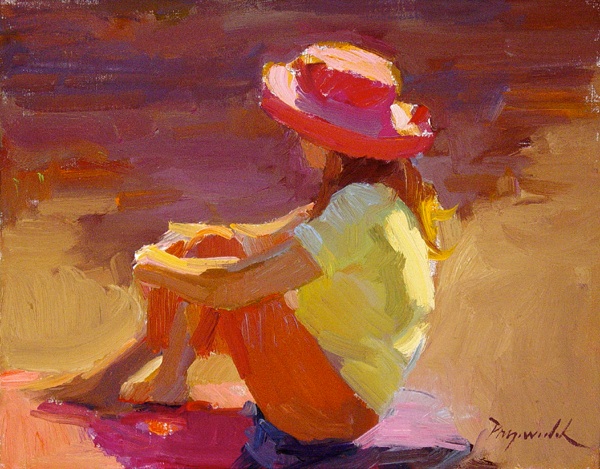
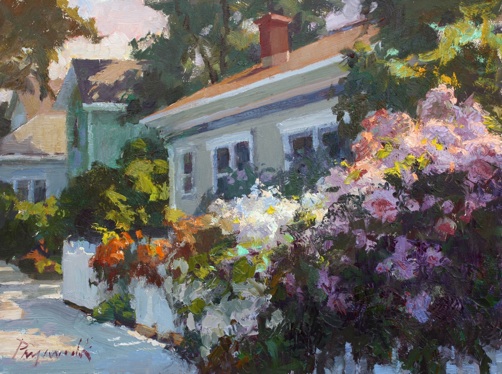
Simple Steps to Figurative Painting in Color.
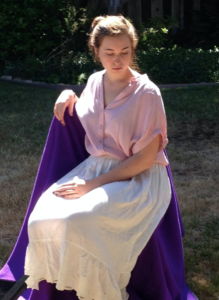
Notan is a Japanese term for simplifying a visual design into light and dark. Everything in light is white and everything in shadow is black.
The Notan shown below was made on the computer from the photo of the model above. It was done by outlining the light areas and filling them in with white, and filling in the shadow areas with greenish grey.
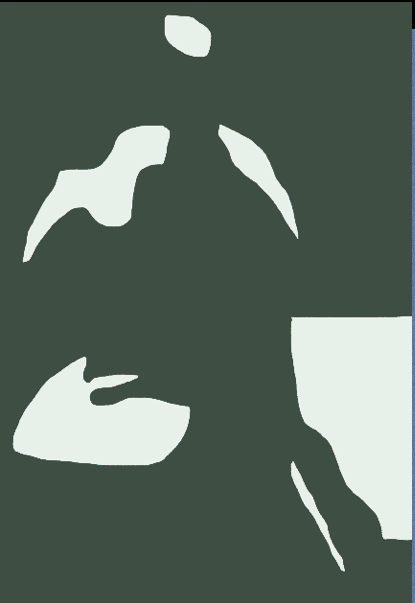
I did this to clearly point out what parts of my subject were in light and shadow, because when I paint I’m always careful to keep these areas well separated in terms of value.
Also, the Notan shows that my composition is mostly shadow areas. For more dynamic visual interest, you usually want to avoid having equal areas of light and dark.
To begin this outdoor figurative painting, I started out by sketching in the design with a light blue pastel pencil (CarbOthello #430) since the pastel marks can be easily wiped away if I need to change the drawing. Pastel is also cleaner than charcoal, with less danger of polluting my colors.
I use a full palette of 27 colors. Click here for the link to my supply list which has all my colors listed.
However, I usually have my students start out with a minimum palette of six basic colors (warm and cool red, warm and cool yellow, and a reddish and a greenish blue), and encourage them to add more colors as they discover that certain colors can’t be mixed with the basic six.
Still on location, I began painting the model with a palette knife on a 7″x5″ Ampersand Gessoboard. My first block-in is focused on capturing the light effect by exaggerating the warm lights and the cool shadows. Being mindful of the concept of Notan helps me keep the lights together, and separate from the shadows.
I first paint the big masses as simply as I can, ignoring small details. The white of the skirt, the pink of the blouse, the purple of the cloth draped over the chair, the greens of the grass and background are all stated as a light and a shadow color which are different from each other, particularly in hue, to create the illusion of sunlight.
As you can see from the start of my figurative painting below, I have organized my lights and shadows. I’ve stated the variations in the lights and darks, the top of the white skirt being the lightest light and the hair in shadow being one of the darkest darks.
The outdoor model needs to be painted quickly because of the changing lights. See how abstract my start appears as I organize my light and shadow notes. Notice also that I have not repeated the same color in different objects, but have painted the differences between them by mixing unique hue, saturation, and value for each object.
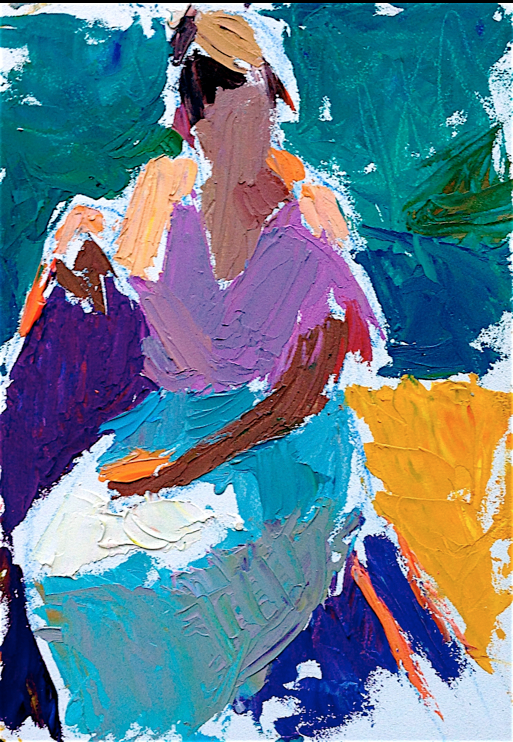
Thoughts on using photographs as reference: I finished the painting in the studio from my photo reference. Let me emphasize here that I have worked from life for the last 35 years, so I do not just copy reference. I explain to my students that there is very little real color information in a photo reference. You have to bring your knowledge gained while painting from life to the photo.
In the studio I state some secondary color variations, being careful to not paint them too close to the other colors.
For example, I added a reflective light to the bottom of the skirt because there was some light from the green grass reflecting into the skirt. However, I saw that note as more of a violet, and not merely a green or yellow because it has to be kept separate from the grass in light, and remain within the shadow mass of the skirt.
Likewise, I saw the top planes of the blouse and skirt in shadow as cooler hues because they reflect the blue of the sky.
The completed little figurative painting below (7” x 5”) was started on location and finished in the studio using the photo reference of my model.

Guest artist/author: Camille Przewodek teaches painting workshops across the country, and offers regular weekly classes at her studio in Petaluma. . She has been a featured, on-stage demonstrator at PleinAir Magazine’s Annual Plein Air Convention, as well as an invited instructor, lecturer, and panelist on the Hensche-Hawthorne approach to seeing and painting color at American Artist Magazine’s Weekend with the Masters. Check out her ingenious Paint-Saver Palette: finearttech.com








Thanks for sharing this excellent article.Very straightforward yet informative.
I’m glad you enjoyed this!